Lots of people consider that to lose weight, you don’t need strength training and that’s a huge mistake. Cardio only can help to lose weight, no doubt, but lifting while cutting is crucial. In order to lose weight and cut down you need to reduce calories and eat in deficit, but having your strength training program on point will significantly boost your results. The reason is very simple:
- When you’re strength training during the cutting cycle to lose weight and burn fat, you speed up your fat burning process, you keep your metabolism high to keep on burning fat, and you preserve (or may even gain) lean muscle mass and strength.
For this reason, we’re going to talk about strength training while cutting in this article. We’re going to talk about cardio and weight lifting, so you would get a better idea of how you could speed up your weight loss process.
Strength Training During Cutting Cycle
Lifting heavy during your cutting cycle won’t only help maintain muscle mass, but you’re also likely to build even more. You can enhance your strength and lean muscle mass as you continue burning fat, leading to that shredded and lean appearance. This is why strength training while cutting is crucial. It does help burn more fat (including the afterburn, something you won’t get with cardio), and keeps lean muscle mass, which is important to consider. During cutting the risk of losing muscle is quite high. Losing muscle while losing fat isn’t an option because your body fat percentage won’t lower. Gaining or preserving muscle as you burn fat is what lowers body fat and gives you that lean look.
Moreover, the more muscle you keep, the more calories you burn at rest. In short, many people avoid lifting weights while cutting and that’s a huge mistake as you can see.
You eat less during cutting and weight loss programs, so you may not lift as heavy weights as you did when bulking. However, strength training will still maintain muscle and burn fat. If you’re not strength training during a cut (or you’re lifting too light), it could lead to even more muscle wasting, loss of strength, and a decrease in metabolism!
This is the reason why strength training is actually crucial when attempting to lose weight and burn fat during the cutting cycle. In fact, it is even more important than cardio during cutting! That’s because cardio helps burn calories, but won’t help boost metabolism as much, and definitely won’t help you maintain muscle and strength as much as strength training does.
Check it below how you strength train correctly. 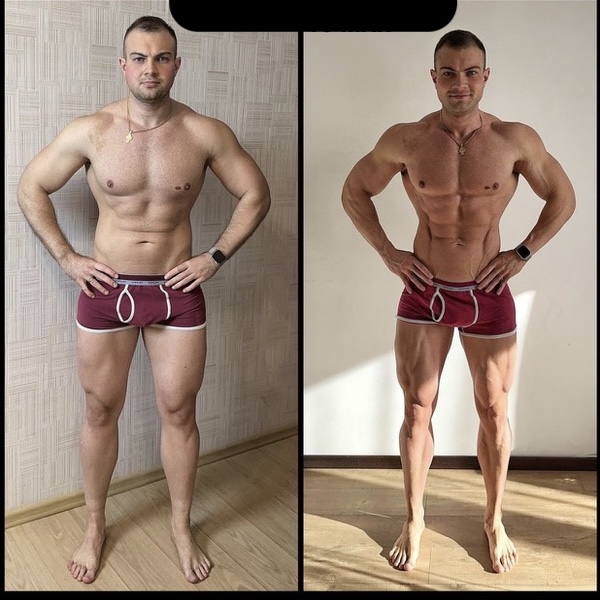
Guide to Weight Lifting During Cutting Cycle
It is important to remember that your diet still remains the most important part of your cutting cycle. Nonetheless, do not ever underestimate the effects of strength training during a cutting phase. It’s important to make strength training one of your top priorities too. Below I’m going to share various things that will help maximize your results.
Set a Date For Cutting
Before you start your cutting phase, you should have a balance of calories first, because this will give you a base for improvements. This means that after you’ve been in calorie maintenance, you can set a date for the specific day or event that you want to look and feel at your best for. Start your cutting phase 8 to 12 weeks before that event.
So, if you want to look your best in June, for example, then you will need to have your March, April, and May to slowly drop in weight. This will help you maintain as much muscle as possible, as you continue burning fat. You’re going to need at least 2-4 weeks of “maintenance phase” in terms of calories after both cutting or bulking. So, if you’ve been bulking the entire winter, you should remain in maintenance for about a month (to stabilize the weight and conserve muscle growth), then go for cutting.
Decide when you finish cutting
That’s pretty much the same step as setting a date for cutting, but I share it again because you just cannot cut forever. You need to know when you need to stop cutting. Moreover, you just won’t be reaching your cutting goals in just 4 weeks, for example. To do that, you’ll need to drop a lot of calories, but this is not sustainable, it will make you feel worse, and your muscles are at high risk of being burned for energy, so you’re just wasting your bulking efforts.
This being said, you need to be 8-12 weeks into your cutting phase. If you feel like you want to cut even more, then you should stay in calorie maintenance for 2 but ideally at least 4 weeks (sometimes even more), then cut some more. This will give your body the boost it needs and enhance your metabolism. Cutting for longer is just not healthy, coming with downsides such as losing muscle, feeling fatigued, constantly tired, and hungry, not losing fat anymore, losing strength and endurance, and so on. A steady goal for the cutting phase is to lose about 0.75% of your body weight each week. That’ll be almost all fat only. Losing more than that may result in losing both fat and muscle unless you use anabolic steroids which are doing a great job of preserving lean muscle tissues and burning fat faster.
Define your workout split
As earlier said, it is extremely important to do strength training when cutting to conserve lean muscle tissues. Studies suggest that increasing the number of workouts they do per week will burn more calories, keep more muscle, and keep their metabolism higher and even easier to recover from workouts as opposed to those doing less but longer workout sessions. While you may not increase the number of weekly sets, you just increase the number of days you work out per week. During cutting workouts you’re still training at high intensity, but unless bulking cycles, you’re giving 80-90% of your overall volume and weights. You’re in a calorie deficit so recovery of muscle tissues is slower, while strength is not as high.
So, you train at 80-90% of your maximum volume and strength (maximum weight) 4-5 times a week, without increasing the number of weekly sets. You may just increase the reps, as you lower the weights. Adding some cardio is not absolutely necessary, but it can be a good idea if you want to burn more calories. Burning 200-300 calories per cardio session can make a huge difference as you’ll end up with 800-1500 burned calories per week. It allows you to eat more and still lose fat.

Go for the right exercises to build muscle when cutting
During a cutting phase, you’re unlikely to gain very much muscle and strength. While it is possible, you aim to do that in a bulking cycle. During a cutting, you need to preserve muscle. That’s why, similar to bulking when you try to gain muscle, the pillars are compound movements because they stress a greater amount of muscle tissues, and allow you to lift heavier weights. This is the reason why movements during bulking and cutting can be the same. But you shouldn’t aim for personal records in terms of weights in a cutting because the recovery is slightly more difficult as you’re in a calorie deficit. Noticing a bit of strength loss is normal, but if you notice a huge loss, then you’re likely not recovering correctly.
That’s why you should listen to your body and not push yourself too hard. You need to focus on correct techniques and lifting heavy weights without adding too much tension to the already stressful lifts. Go for somewhat moderate overall intensity and weights. May reduce the weights, but also reduce the rest times between sets and/or increase reps.
Work out your sets, reps, and intensity
Lifting as heavy as possible is not a vital part of cutting. Lifting weights is crucial, but as said, do not go for lifting as much as possible. You won’t be able to lift as much as you did during your bulking simply because you’re eating significantly less. Still, strength training for preserving strength and muscle for cutting cycles is important. However, while I mentioned that you could do more reps and lighter weights, it is important to understand that too light weights and doing a lot of reps will not lead to a toned look (unlike what many people tend to believe). In fact, such a schedule may lead to some muscle loss.
What I’m trying to say is that you need to stick to low-moderate reps (unlike bulking where you generally have low reps) and moderate-high weights (unlike bulking where you go for heavy weights). Moreover, it is important to understand that it depends on the type of movement as well.
Control your diet
As earlier mentioned, diet is the most important part of your cutting cycle. Regardless of how much you’re working out, you just won’t be losing weight and burning fat if you continue eating incorrectly. On the other hand, you’ll be losing fat AND muscle if you don’t eat enough or do not have the correct balance of macronutrients.
So, you should rule out your calorie maintenance, and rule out the correct balance of macros. Then a safe and maintainable amount of weight that you should lose per week is about 0.75% of your body weight. You may lose more than that and still keep your muscles only by running anabolic steroids, but even then you should watch out for it, ensuring you do not lose muscle tissues too. If you lose muscle, stop doing cardio or reduce its amount. If you notice that you do not lose weight, then add some more cardio into your routine. Alternatively, adjust the calories according to your needs, while ensuring you get the right macronutrient balance and get enough micronutrients.
Cardio when cutting
Based on all the information I’ve shared above, I guess it is pretty clear how you should continue your cardio. As you can see, cardio during your cutting is not vital. However, it can be highly beneficial. That’s why doing some cardio when cutting can greatly help. Usually, a cardio session burns around 200 to 300 calories. This means that you’re 200-300 calories more deficient. Or it means that you can eat 200-300 calories more. That’s up to you and your goals. For example, if you notice that you’re hungry more often, then you can add some light cardio and eat a bit more.
If you love HIIT or high intensity cardio, then do 2-3 workouts a week while incorporating strength training. However, be careful with HIIT or high intensity cardio because your body is already under stress from eating fewer calories. Doing too much intense cardio could force your body into starvation mode, which can lead to a breakdown of muscle mass and fat loss plateau.
Strength Training While Cutting Conclusion
So, when you’re reaching your goals and finally looking the way you want to at the end of your cutting cycle, it is important to remember – do not go back to eating everything in sight. This will make you gain all the weight and maybe even more. What you need to do is continue your strength training, still have good and healthy macronutrients and gradually add calories, usually from carbs. As said, stay in the maintenance phase for at least 4 weeks, then you decide whether you need to maintain, bulk, or cut again.
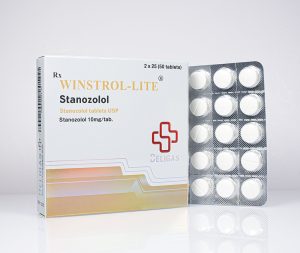 Doing it all slowly and wisely allows your body to reintroduce itself to the increase in calories and carbs. This will provide your muscles with extra fuel and increase metabolism.
Doing it all slowly and wisely allows your body to reintroduce itself to the increase in calories and carbs. This will provide your muscles with extra fuel and increase metabolism.
- In the end, if you need a helping hand, Supps-For-Life.to is always here to help you. As said, with anabolic steroids you can burn more calories without the risk of losing lean muscle tissues. We provide 100% quality steroids that will help you cut through fat and protect lean muscle tissues. Then, if you require a bulking cycle, we have the best steroids to help you gain muscle fast and efficiently. We’ve got your back with fast delivery, an individual cycle advice plan if you need it, the best prices on the market including numerous other benefits!

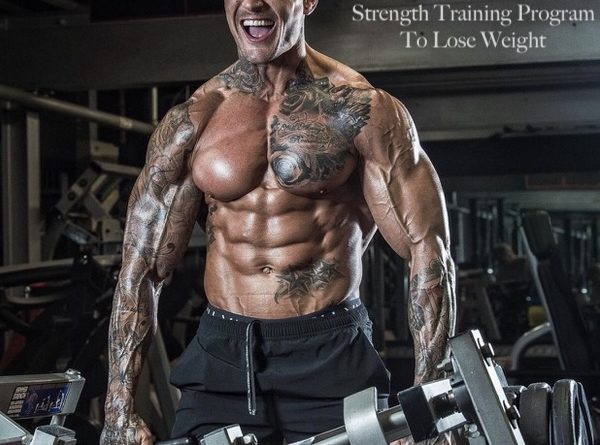
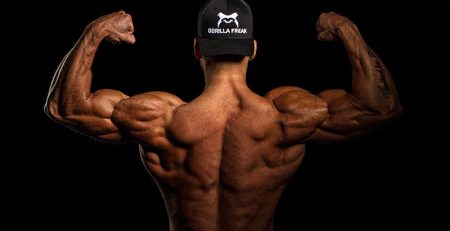

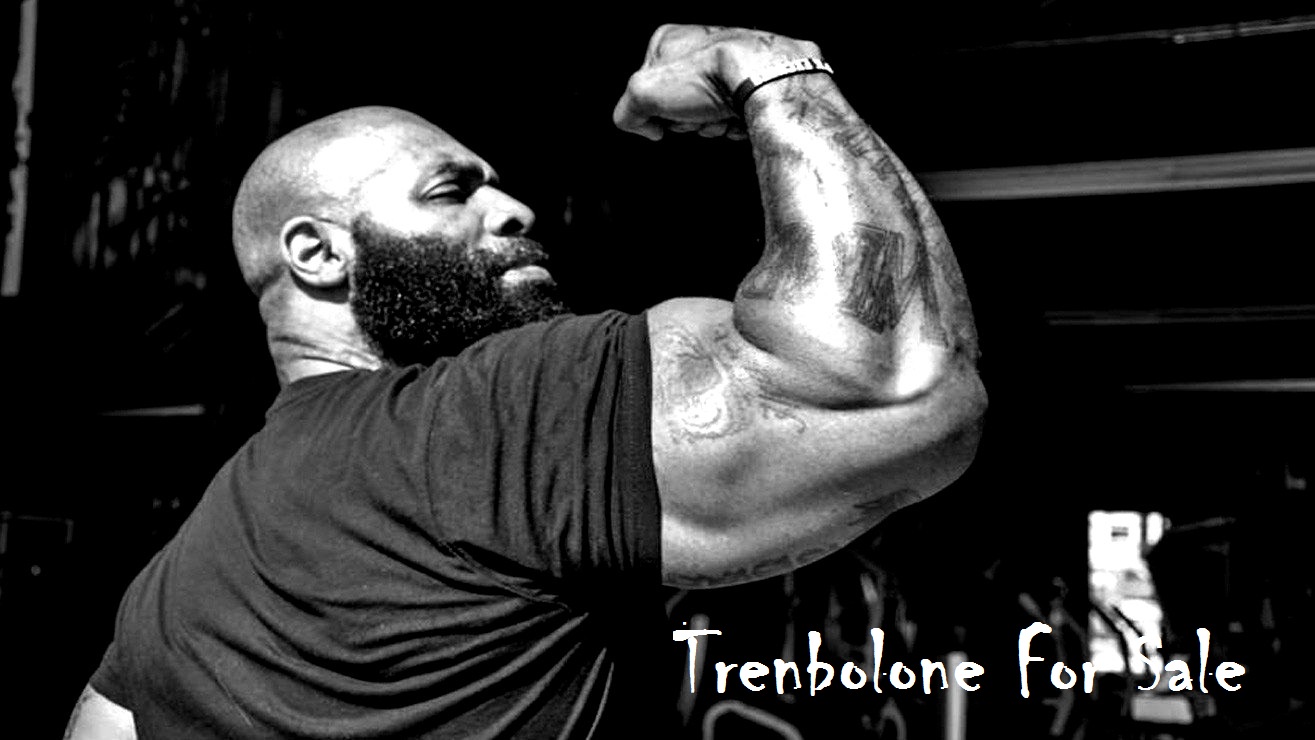


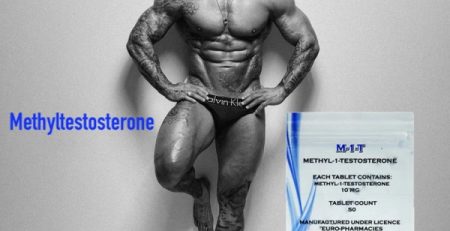

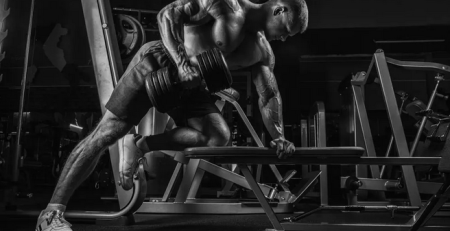




Leave a Reply
You must be logged in to post a comment.